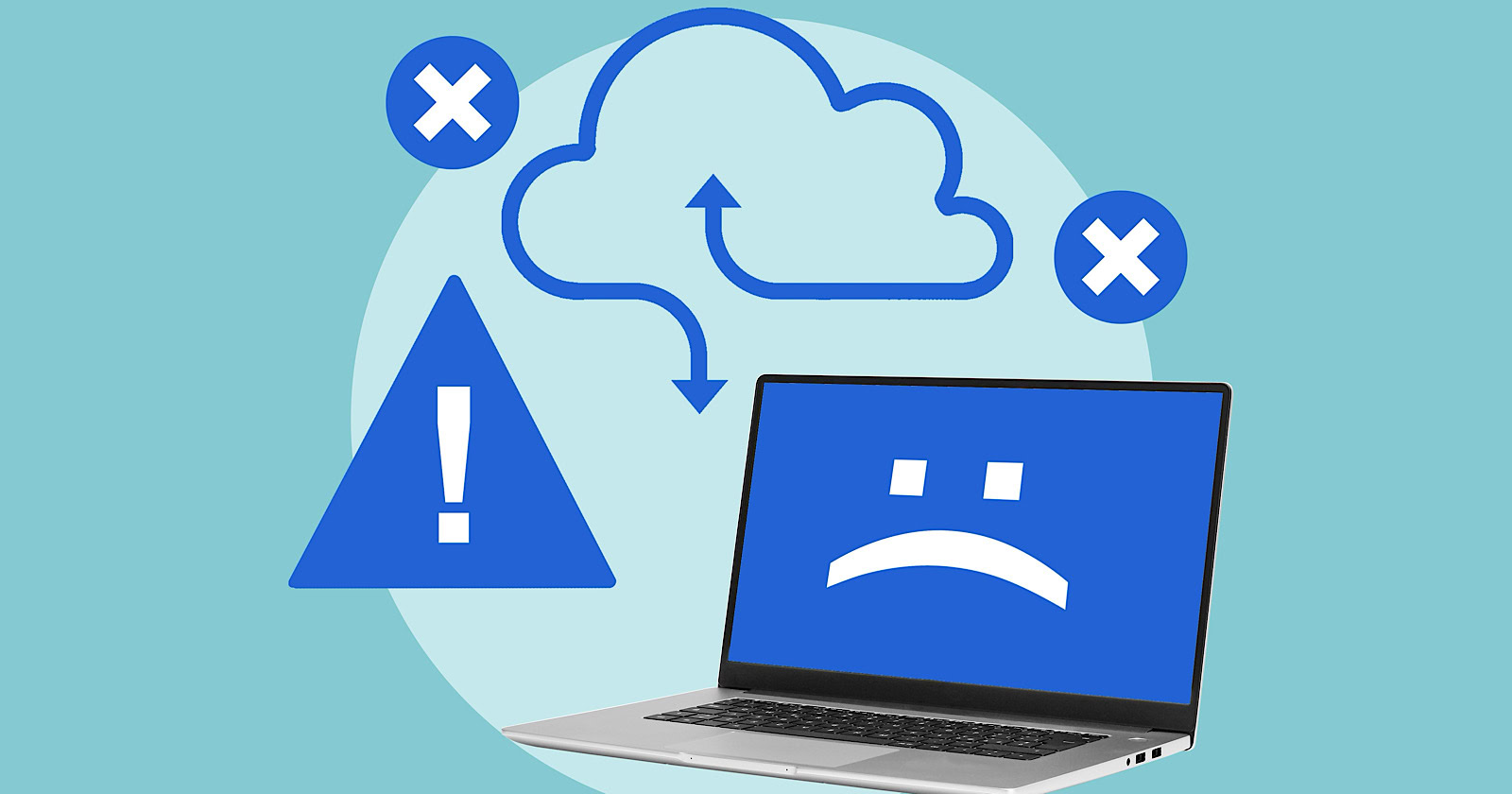Overlooked Factors During Site Migrations
Every site will have to migrate at some point, and there are lots of SEO hints and tips floating around on how to handle them. Here we’ve compiled a list of some more lesser known or acknowledged issues which...

Every site will have to migrate at some point, and there are lots of SEO hints and tips floating around on how to handle them. Here we’ve compiled a list of some more lesser known or acknowledged issues which can make or break a migration.
Involve SEO From Day 1
All too often the involvement of your SEO team or agency is left too late in the process. It can be difficult to discern who needs to be involved at what stage, but whatever you’re thinking, add SEO in a step prior.
There will often be a lot of knowledge around the site from the SEO side. The work on the SEO front will have found different positives and negatives and can help bring another view into the site migration.
Time Your Migration
You will lose out on traffic for a time regardless of how thorough your migration plans, so make sure that you don’t destroy your own conversions and aim for a quiet time in the year for migration.
If you’re at the stage where you don’t really have a dip in seasonality, then you should try and plan around availability of development and SEO teams to make sure that everything that happens can be worked on throughout the migration.
Backup Data
You’ll end up overwriting the old site, but it’s worthwhile keeping a copy of the old site once migrated. For the sake of an old hard drive, you can make sure that you have an old version to fall back on should the worst happen.
Benchmarking Rankings
This should be going on anyway, but you should make sure you have a long run up of rankings to help you see how certain terms have fluctuated prior to migration rather than just one date.
This can be from third party tools, but you can also track your average positions from average positions in GSC data, so you’ll want to download as much of this as you can. This really carries through to most migration aspects in that it is about collecting as much data as you can.
Plan The Structure
A surprisingly overlooked aspect to arrange first is the site structure. This is often dealt with through project managers and developers, but SEO execs are often in the best place to deal with this.
Through the history of the site and deep dives into Google Analytics data you can see how users navigate around the site and convert. Many times, when SEO isn’t a consideration for site migrations, we end up dealing with a lot of duplicates and cannibalization of content afterwards, but bringing in SEO expertise from an early stage can help with this.
Pay Attention To Your 404 Page
During a site migration and shortly after you’ll be getting more hits on your 404 page whether you like it or not!
Make sure that it helps direct users to the best converting pages and is generally helpful for users. This may already be in place, but it should be a pre-migration consideration for sure.
Keep The Old Domain
If you’re moving due to selling the old domain then this won’t apply, but you should keep hold of your old domain for as long as possible.
This is for a few reasons, but the main one is to keep your 301 redirects from old to new domain in place, as they will be a large driving force behind your rankings. You won’t be able to update all backlinks, so if you lose access to your old domain then you could easily lose out of the vast majority of your backlink authority.
Have Multiple GSC Accounts
Similar to the above, you should keep your old GSC accounts on at least the main domain property. Ideally the different sub-domains and different versions will be kept as well for monitoring.
This applies to the new site as well, as you can segment your GSC properties into the relevant sections, such as blogs, sub domains and other variants for ease of comparison.
Don’t Panic
The last point is to ensure that you don’t rashly make changes when your site is still being indexed or mid-migration.
Don’t take a sudden drop as a reason to change all your title tags or other optimisation, as this will just make the issues last longer. Take your time and look into issues on a case-by-case basis and make fixes to help you get crawled and reindexed. This will help you get back to your previous positions and beyond rather than compromising on what you’ve spent time on building.

 MikeTyes
MikeTyes 












_15.jpg)



















